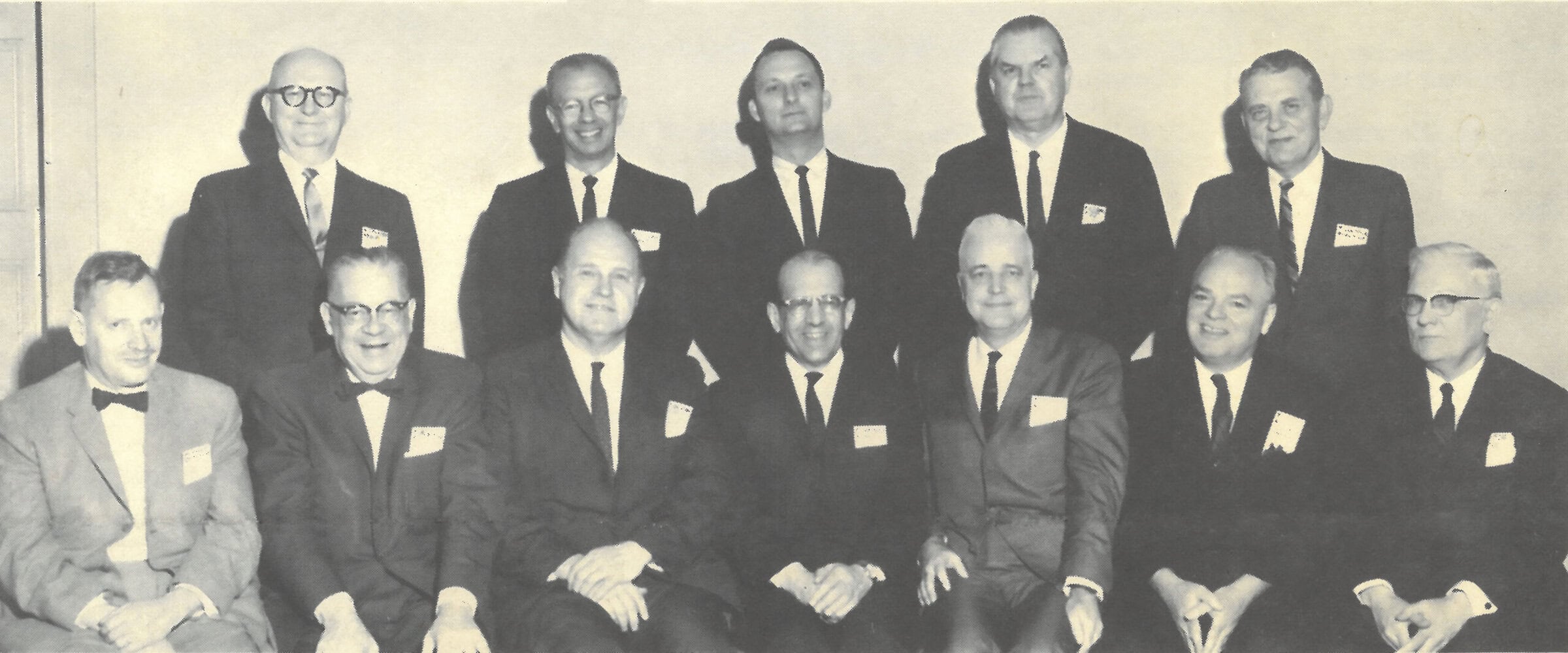Founded in 1950, AGA — originally the Federal Government Accountants Association (FGAA) — was created to bring together financial professionals working in the federal government. The organization’s founding president, Robert W. King, was a respected federal finance officer who envisioned a professional society where government accountants could share knowledge, promote ethical practices, and advance accountability. Under King’s leadership, FGAA established itself as a vital platform for improving public sector financial management.
As the role of government expanded in the post-war era, so did the need for effective oversight, transparency, and skilled financial professionals. AGA evolved to meet this demand, broadening its membership and scope. In 1975, recognizing the critical role that state and local financial managers play in government accountability, the organization changed its name to the Association of Government Accountants to reflect its wider mission and membership.
In 2022, the organization officially rebranded as AGA, reflecting the changing landscape of government accountability work. Building upon our community of accountants, the field now includes a range of professionals in auditing, risk, performance management, compliance, and data analytics. The new name reflects AGA’s commitment to serving the full spectrum of individuals working to advance accountability, transparency, and performance in government.
Throughout its history, AGA has led the profession by developing innovative programs and advancing key initiatives. In 1994, AGA launched the Certified Government Financial Manager® (CGFM®) certification, a groundbreaking credential that recognizes expertise in government financial management across federal, state, and local levels. The CGFM designation has become a nationally recognized standard of professional excellence and integrity.
In addition to certification, AGA promotes accountability and transparency through programs like Citizen-Centric Reporting (CCR), which empowers governments to produce clear, engaging reports that help citizens understand financial performance and service outcomes. The initiative reflects AGA’s longstanding belief that financial information should be accessible, actionable, and trusted.
AGA is also a leading provider of continuing professional education (CPE), offering year-round training and development opportunities. Flagship events such as the Professional Development Training (PDT), National Leadership Training, Technology & Transformation Summit, and Internal Control & Fraud Prevention Training attract thousands of professionals each year. These events deliver timely content on topics such as audit readiness, fraud prevention, performance reporting, emerging technologies, and ethics.
Beyond national programming, AGA’s more than 90 local chapters provide members with valuable opportunities for connection and service. Chapters host educational programs, offer CGFM study groups, engage in community service, and promote networking among peers. This grassroots structure allows AGA to maintain a strong local presence while advancing its national goals.
Through publications like the Journal of Government Financial Management, original research, and collaborative partnerships with government and industry, AGA continues to contribute to thought leadership and drive innovation in the field. Its work supports financial managers in their mission to improve efficiency, build public trust, and achieve better outcomes for the communities they serve.
Today, AGA is the trusted association for professionals in government financial management. With a diverse membership that includes accountants, auditors, analysts, finance officers, and consultants, AGA remains dedicated to advancing accountability, transparency, and integrity in government through education, certification, advocacy, and leadership development.

